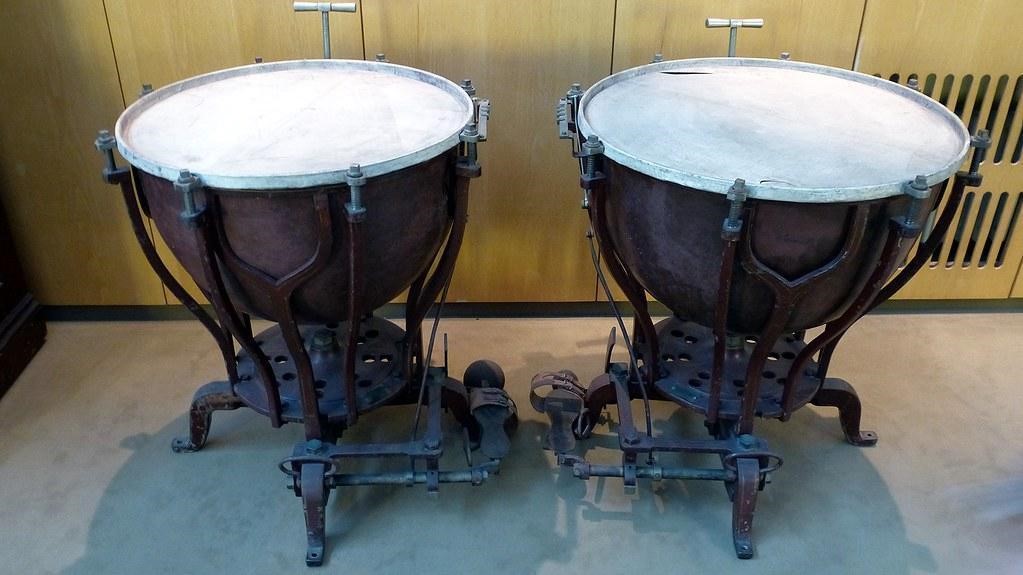
In the following sections we will take the first movement of Haydn’s ‘Drumroll’ symphony as an example. The background to this symphony is readily available in reference material about the composer and there are also several reliable analytical studies of it. Here is a short synopsis as a foundation for this case study.
By the time Haydn’s patron of 28 years, Prince Nicolaus Esterházy, died in September 1790, the composer’s fame had spread across Europe, and he was very much in demand. Johann Peter Salomon, an English violin virtuoso, composer, and impresario, commissioned from Haydn two sets of six symphonies and hired him to present them himself in London. These twelve symphonies, traditionally referred to as the ‘London’ Symphonies, or Salomon Symphonies, received numbers 93 to 104 and are considered some of the best of Haydn’s symphonic output and some of the prime examples of the classical symphonic form. The first series of concerts in London took place during the years 1791-92 and correspond to the ‘London’ Symphonies Nos. 93-98. It was for the second series of concerts for the 1794-95 season that Haydn composed Symphony No. 103 in E-flat, the ‘Drumroll.’
Many of these symphonies have nicknames, somehow related to the musical content. Examples include the “Surprise” because of sudden loud “noises” and surprising harmonies in the slow movement, or the “Clock” because of the constant “ticking” sound of the regular rhythm in the second movement.
Haydn began to expand the orchestral forces to commonly include two of each wind instrument from the Symphony No. 99 in E-flat major (1793) onwards, though there are exceptions. Parallel to this expansion, the dimensions of the individual movements are also enlarged, and hence, the form itself. Most of these late symphonies begin with slow introductions that preface the Allegro in sonata form. Some of these introductions are fully formed, self-contained entities that nonetheless point beyond themselves to the main body of the movement. Other general traits of these late symphonies, all present in Symphony No. 103, are the increasing expressivity of the wind writing, the autonomy of the cello writing (rather than doubling the bass) which, together with the increase wind instruments contributes to changes in sonority with denser textures and a more grandiose overall sound.
The timpani solo that opens the first movement of Symphony No. 103, is the source of the nickname “Drumroll”.